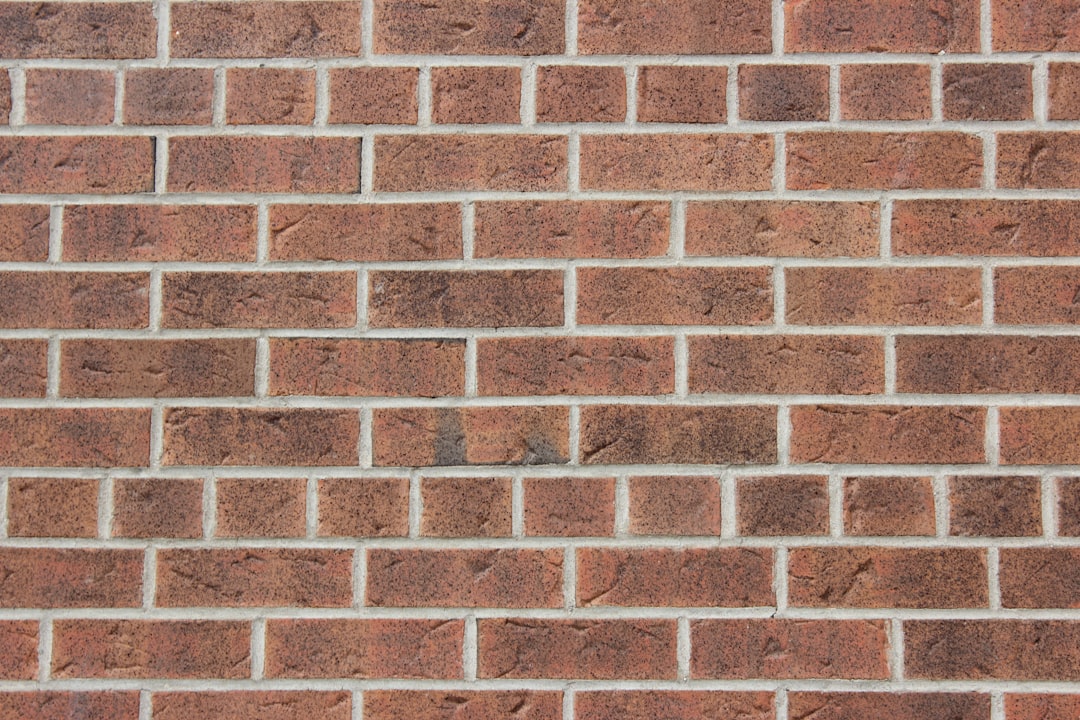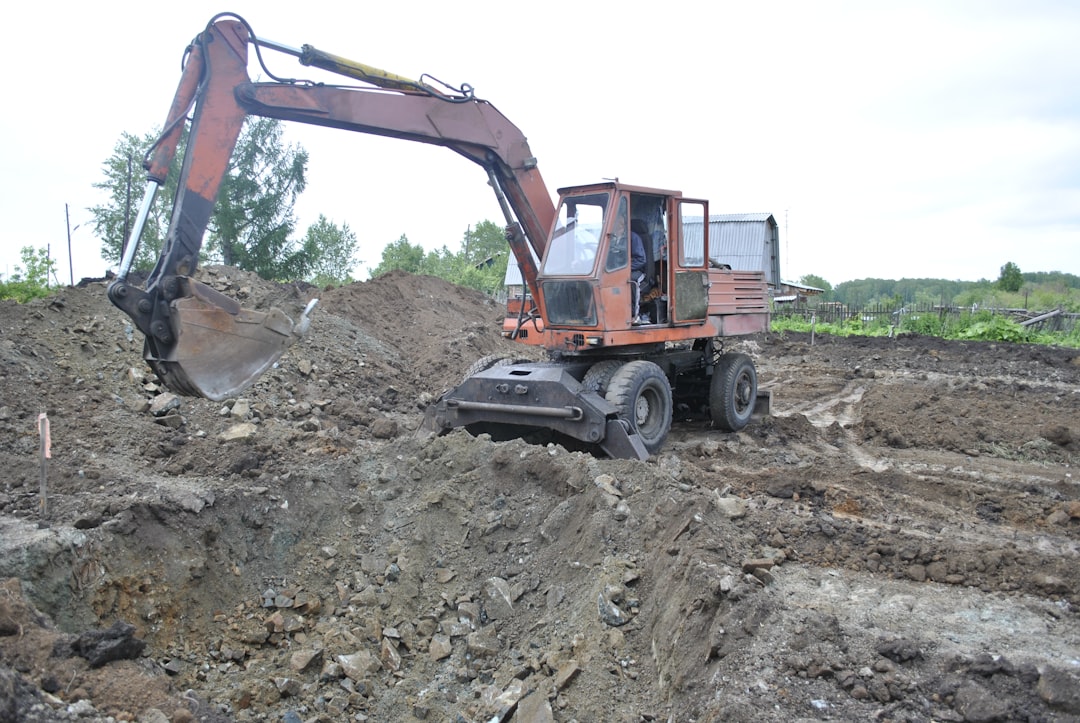What is it about?
Carbon fibres are fabricated in bundles. A single roving contains a minimum of 1000 filaments. Certain applications demand thinner bundles or even single fibres. Single fibres can be used as tool electrodes in electro-chemical machining processes. Thinner rovings are needed in sensor applications to raise the electrical resistance of the carbon fibre bundle, used as strain sensor. Rovings with a lower filament count can't be delivered by carbon fibre producers. A splitting technology is therefore needed. A continuous bundle splitting technique was developed. It uses mechanical means, liquid flow and variations in winding force and speed to separate the filaments. The impact of winding parameters and of the liquid flow on the splitting result was quantified in experiments with the developed splitting system. An automatic and continuous splitting of carbon fibre rovings was realised. Smaller bundles of carbon fibre filaments can be provided. There is a solution to satisfy the demand on finer carbon fibre rovings.
Featured Image
Why is it important?
A continuous splitting of CF rovings was realised successfully. A splitting system was developed and experiments were carried out. The splitting process is based on mechanical means. The splitting force is the horizontal component of the wind-up force drawing the strands diagonally. Splitting is supported by a counterflow. This flow removes fibre scrap and stimulates inner fibre movement. An additional transverse flow is used to support the scrap fibre removal. It is possible to split untwisted CF rovings continuously.
Read the Original
This page is a summary of: Continuous splitting of carbon fibre rovings, Journal of Industrial Textiles, July 2014, SAGE Publications,
DOI: 10.1177/1528083714545392.
You can read the full text:
Contributors
The following have contributed to this page










